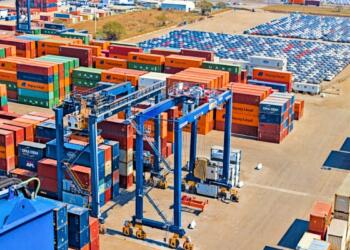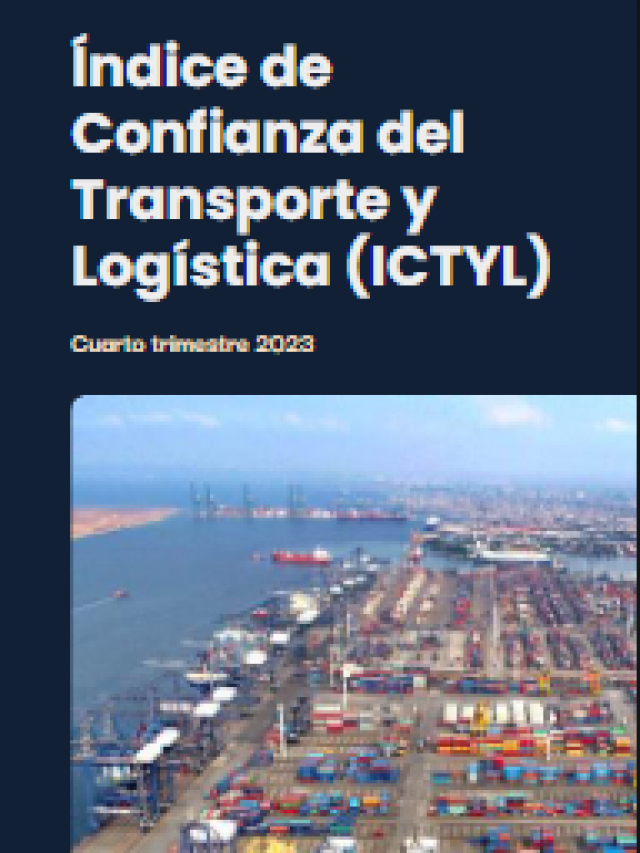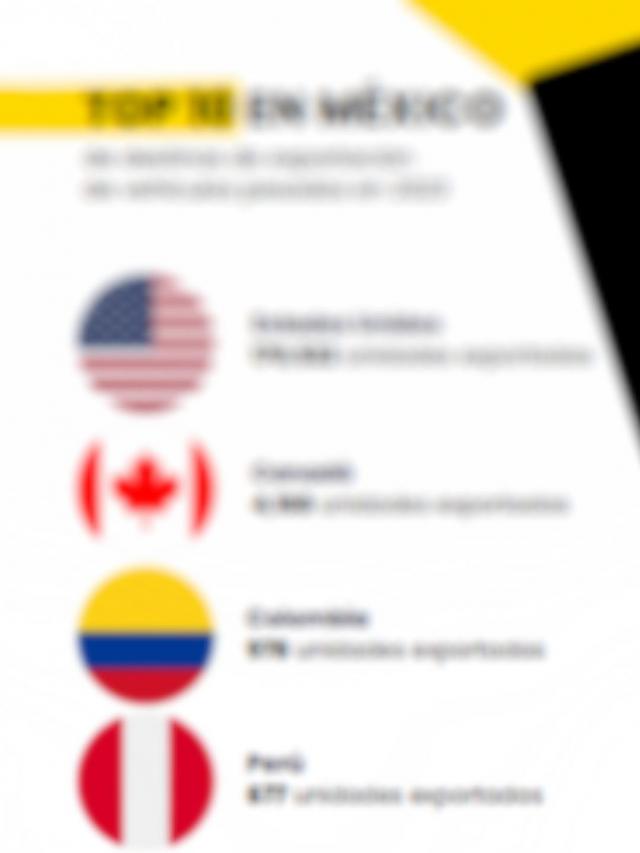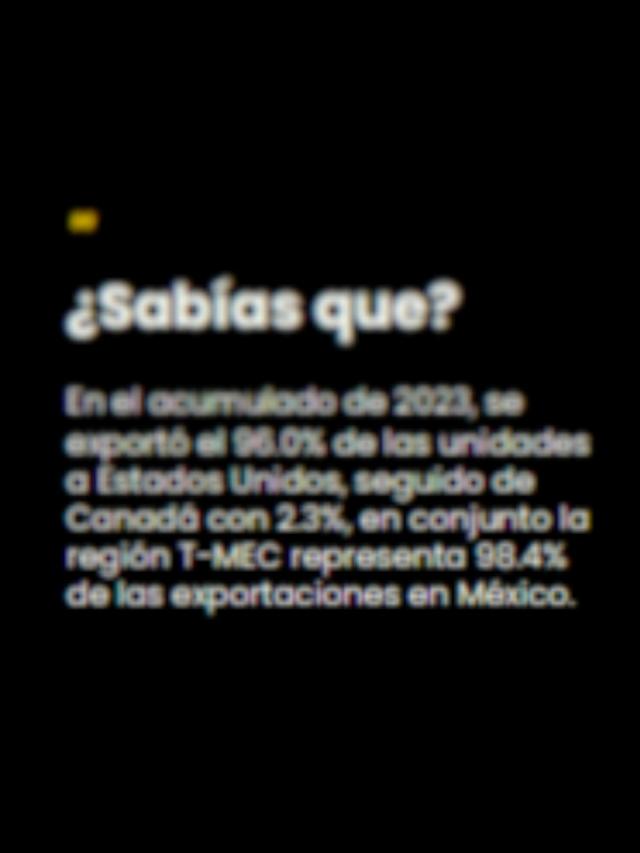
The “tidal wave” caused by the US-led tariff war has had an impact on ocean freight rates on the Asia-Mexico trade route, bringing them below $2,000 per container for the first time since January 2024.
The EAX index, which measures containerized traffic from Asia to Mexico, closed March at $1,668 per 40-foot container (FEU) , a 30.03% drop from the previous month.

“This weakness aligns with a 12% reduction in cargo volume on the Asia-Mexico route, according to Drewry Maritime Research . Shipowners unsuccessfully attempted to implement rate increases (GRI) on three occasions during the first quarter, due to low demand and trade uncertainty,” according to the EAX index report, prepared by Eternity Group Mexico .
It also highlights that the United Nations Conference on Trade and Development (UNCTAD) has reported that during the first quarter of the year, container volume orders from Asia to North America have decreased by 15 percent.
Although it also highlights what the Mexican Business Council for Foreign Trade, Investment and Technology (Comce) has said , that Mexico and Latin America could benefit from this situation, as China seeks to diversify its trade routes away from the United States , increasing exports to Mexico by 22% year-on-year.
According to the most recent statistics from the Mexican port authority, during the first two months of 2025, Mexican ports located on the Pacific coast, which have direct connections to Asia, have shown an annual increase of 9.6% in container imports.
“In April, the downward trend (on ocean rates) persists, with shipowners (shipping lines) deploying an additional 138,000 TEU (20-foot containers) weekly capacity, a 25% increase in the low season. This excess capacity, combined with weak demand, could reduce rates by another 10-15% in the second quarter. Competition among core carriers in the trade lane has reduced rates, intensifying downward pressure,” Eternity Group Mexico predicts.
Meanwhile, this Chinese freight forwarder indicated that, globally, the market received 175,000 TEUs of new vessels in the first quarter, with ONE adding 27,000 TEUs , strengthening its presence on Asia-Latin America routes. However, it indicated that this increase, which represents 4% of the global fleet according to Alphaliner , exacerbates the oversupply.
“In Mexico, port congestion, such as the 18% increase in waiting times at Manzanillo, could increase logistics costs by 5-7% in the short term,” he said.
“Mexico has an opportunity to consolidate its position as a logistics hub, with projects such as the Isthmus of Tehuantepec Interoceanic Corridor, which could reduce transit times from Asia by 20%. However, port infrastructure needs modernization, and geopolitical tensions could generate trade retaliation that affects market stability. The EAX index reflects a market under pressure, but Mexico can capitalize on emerging opportunities by diversifying routes and optimizing supply chains in this volatile environment ,” the report states.
Comment and follow us on X: @GrupoT21















